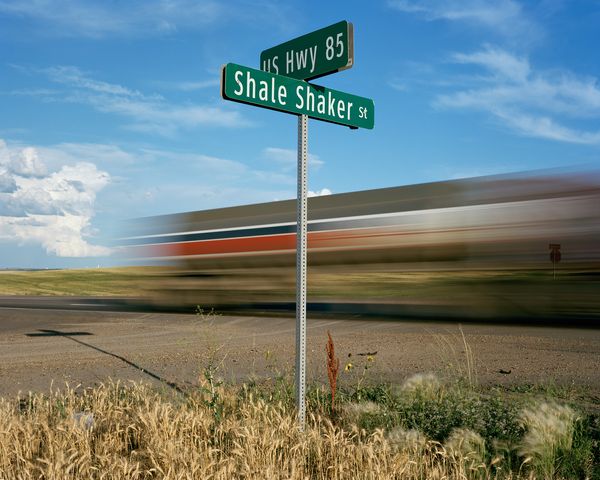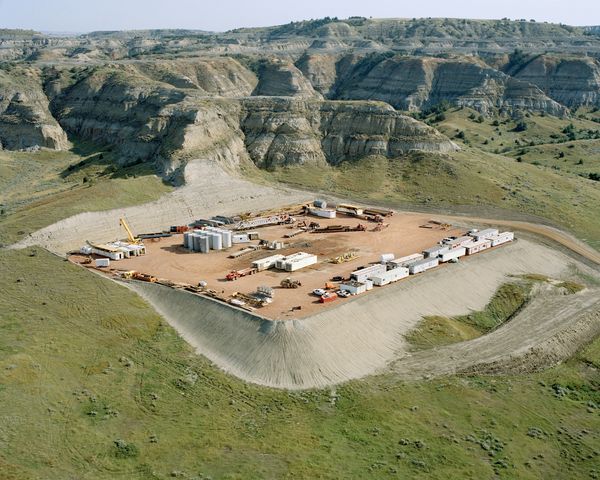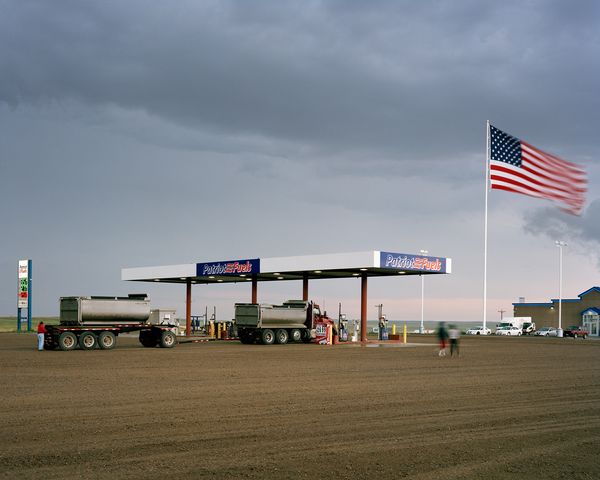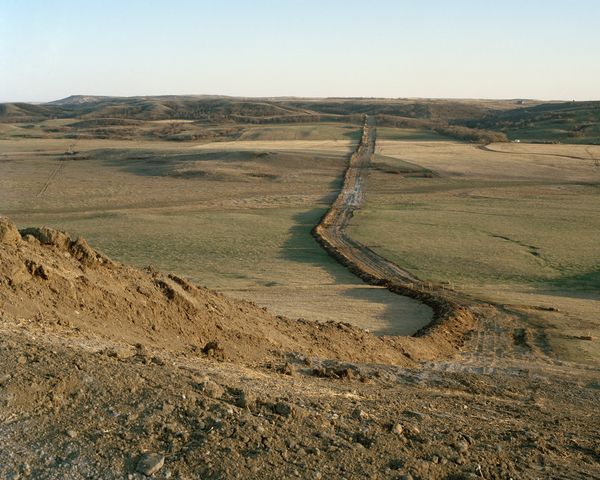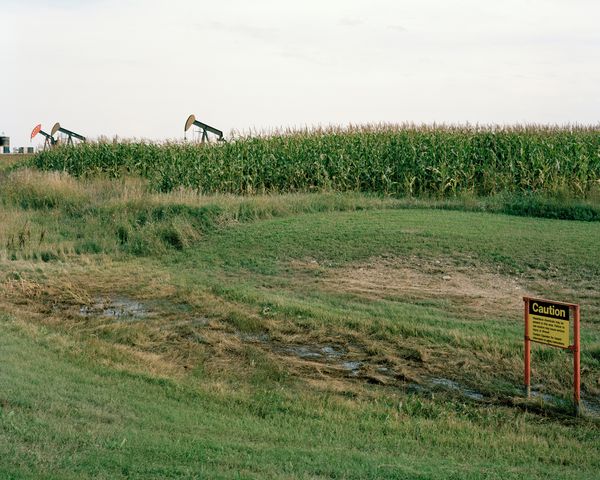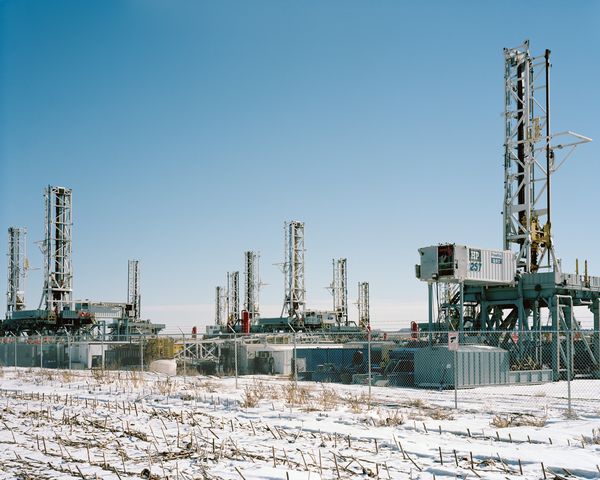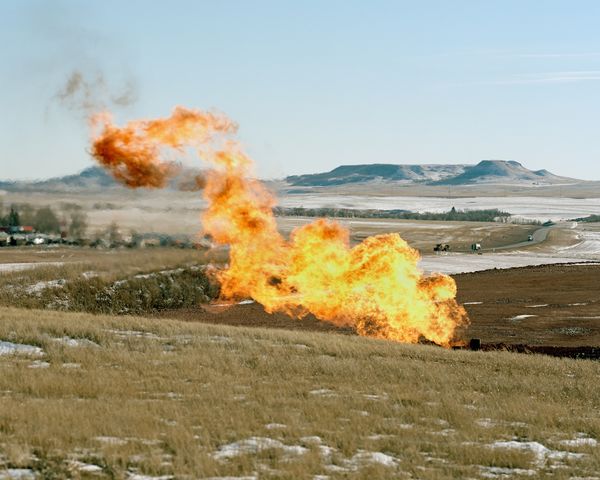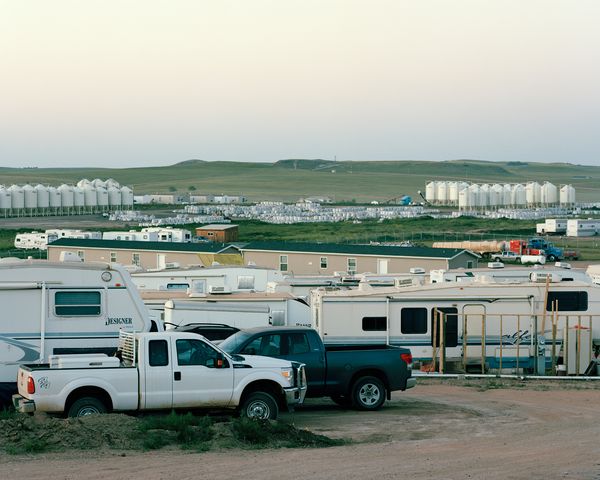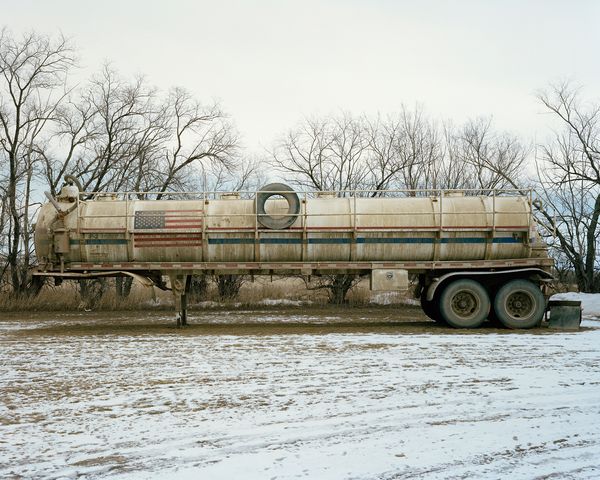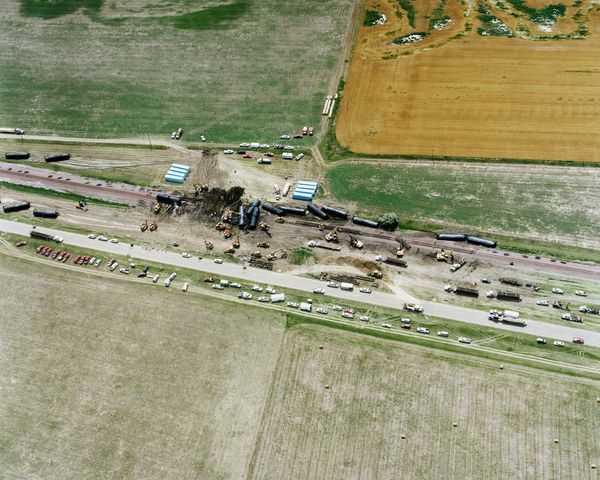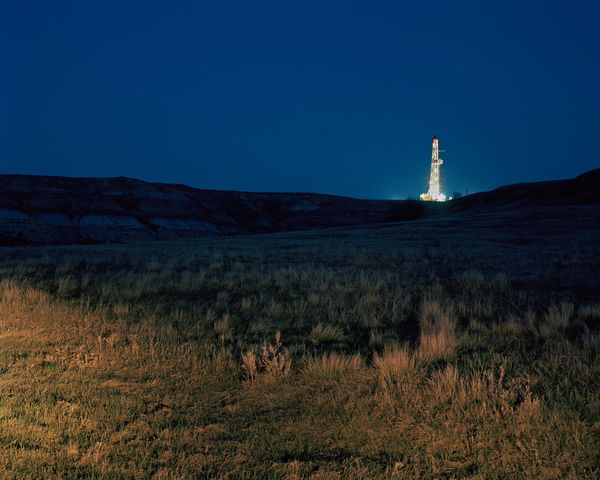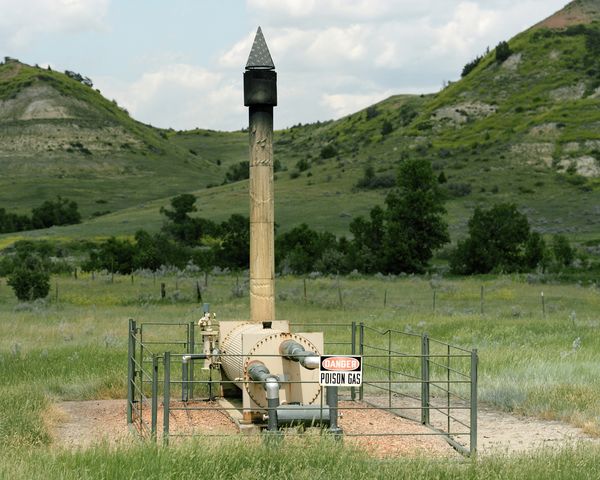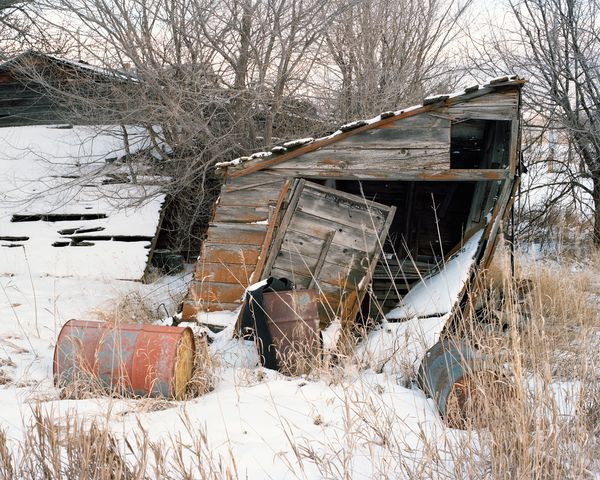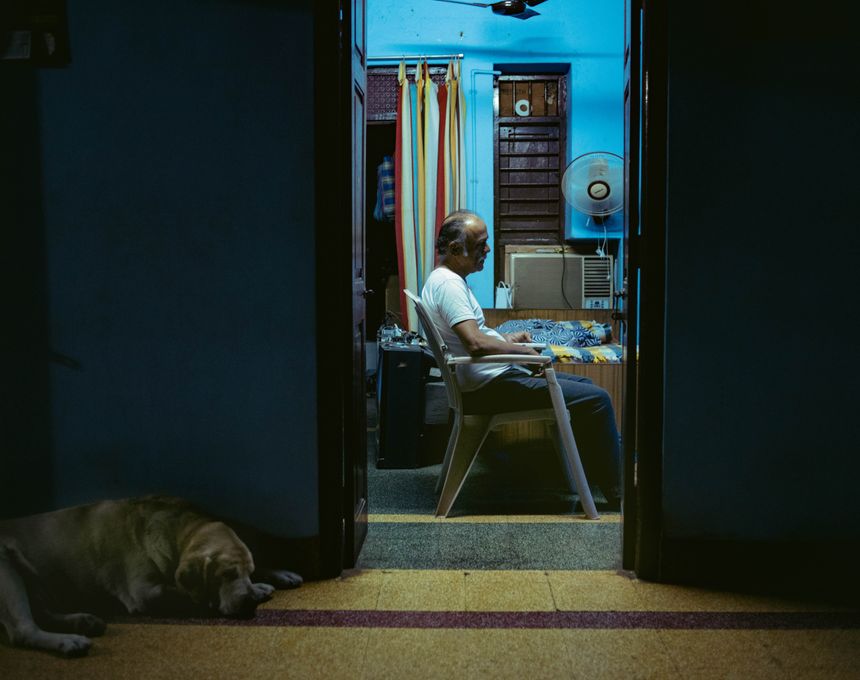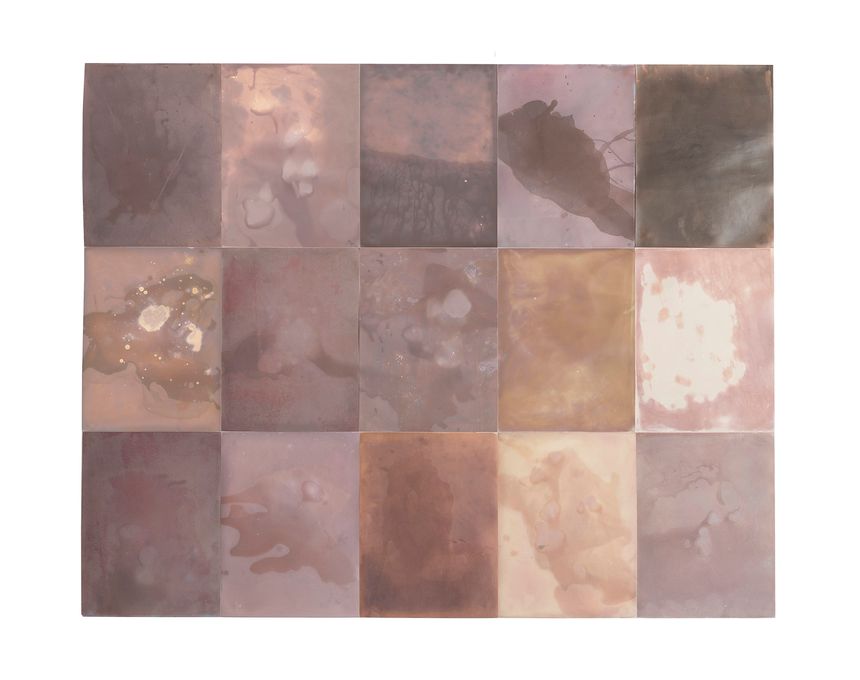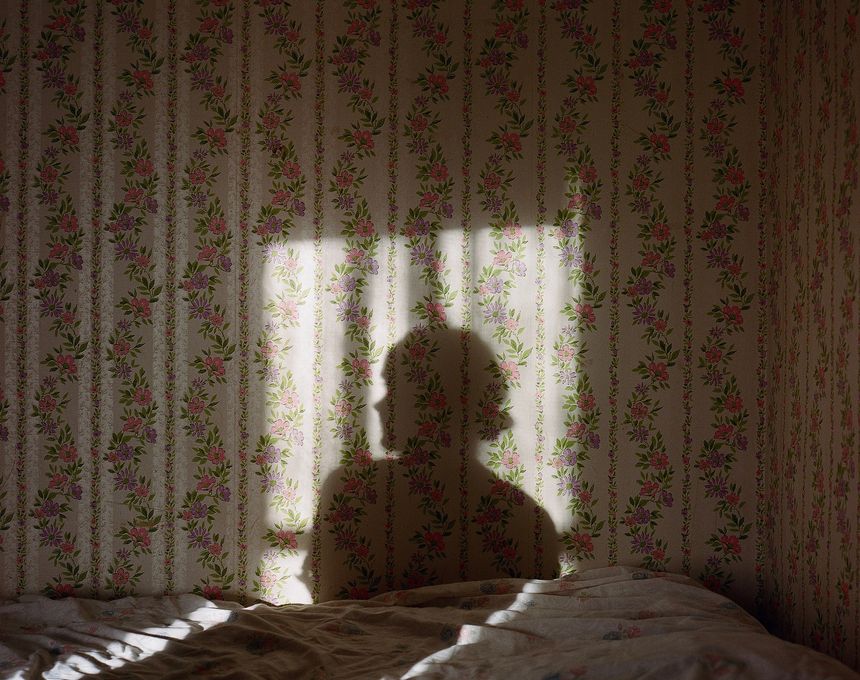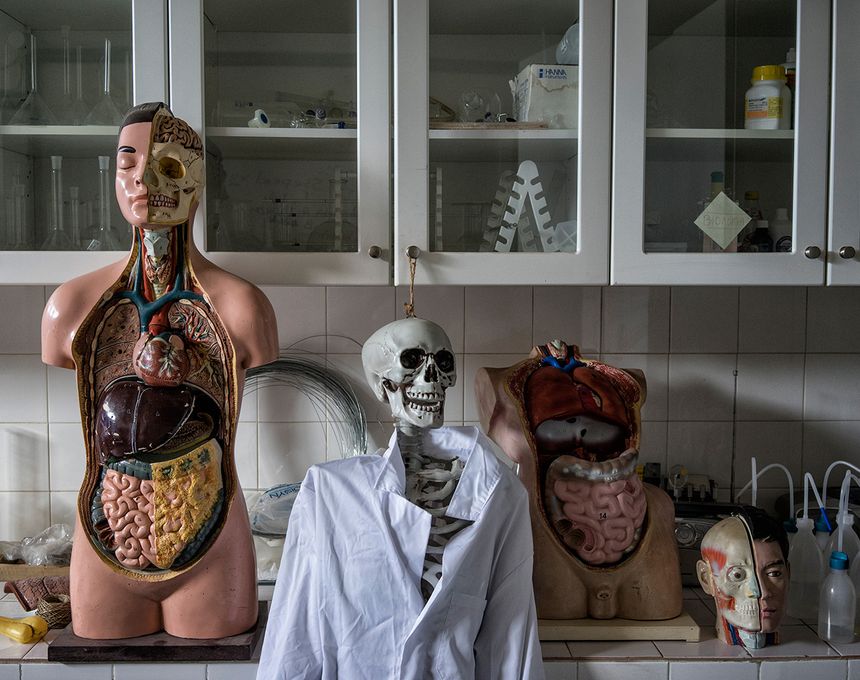When the Landscape is Quiet Again
-
Dates2012 - Ongoing
-
Author
- Topics Landscape, Documentary
North Dakota's Oil Boom
“We do not want to halt progress. We do not plan to be selfish and say ‘North Dakota will not share its energy resource.’ No, we simply want to insure the most efficient and environmentally sound method of utilizing our precious resources for the benefit of the broadest number of people possible. And when we are through with that and the landscape is quiet again…let those who follow and repopulate the land be able to say, our grandparents did their job well. The land is as good and in some cases better than before.” -North Dakota Governor Art Link, 1973
Since 2012, I have been documenting the legacy of oil booms and busts in my home state and how the region is changing again today due to horizontal drilling and hydraulic fracturing. My photographs bear witness to the transformation of western North Dakota’s quiet agrarian landscape into an industrial zone dotted with well sites, criss-crossed by pipelines, lit up by natural gas flares, and contaminated by oil and saltwater spills. The Bakken oil field is currently pumping out over a million barrels per day from over 13,000 active wells, making North Dakota the No. 2 oil-producing state in the nation behind Texas.
These activities have brought a steady stream of revenue, people, and jobs to this economically depressed region. Everyone wants a piece of the action, including my family: since the start of the boom we have been profiting from oil wells drilled on the land my great-grandparents homesteaded in 1912. Although many other families are doing the same, I am still torn: what are the hidden costs of this prosperity?
Experts originally anticipated that the Bakken Boom would continue for several decades, but falling oil prices have triggered another bust—the third to happen in the state. I examine the scars from North Dakota’s prior boom-and-bust cycles and the new wounds being inflicted upon my home because the status quo must change: something needs to be left for the next generation, not the next quarter.
Acknkowledgments:
This project was funded by an Individual Artist Commission grant of the San Francisco Arts Commission and an Investing in Artists grant from the Center for Cultural Innovation. Additional support was provided by RayKo Photo Center and in-the-field assistance was given by the Dakota Resource Council, the Killdeer Mountain Alliance, the Northwest Landowners Association, and numerous other individuals.
